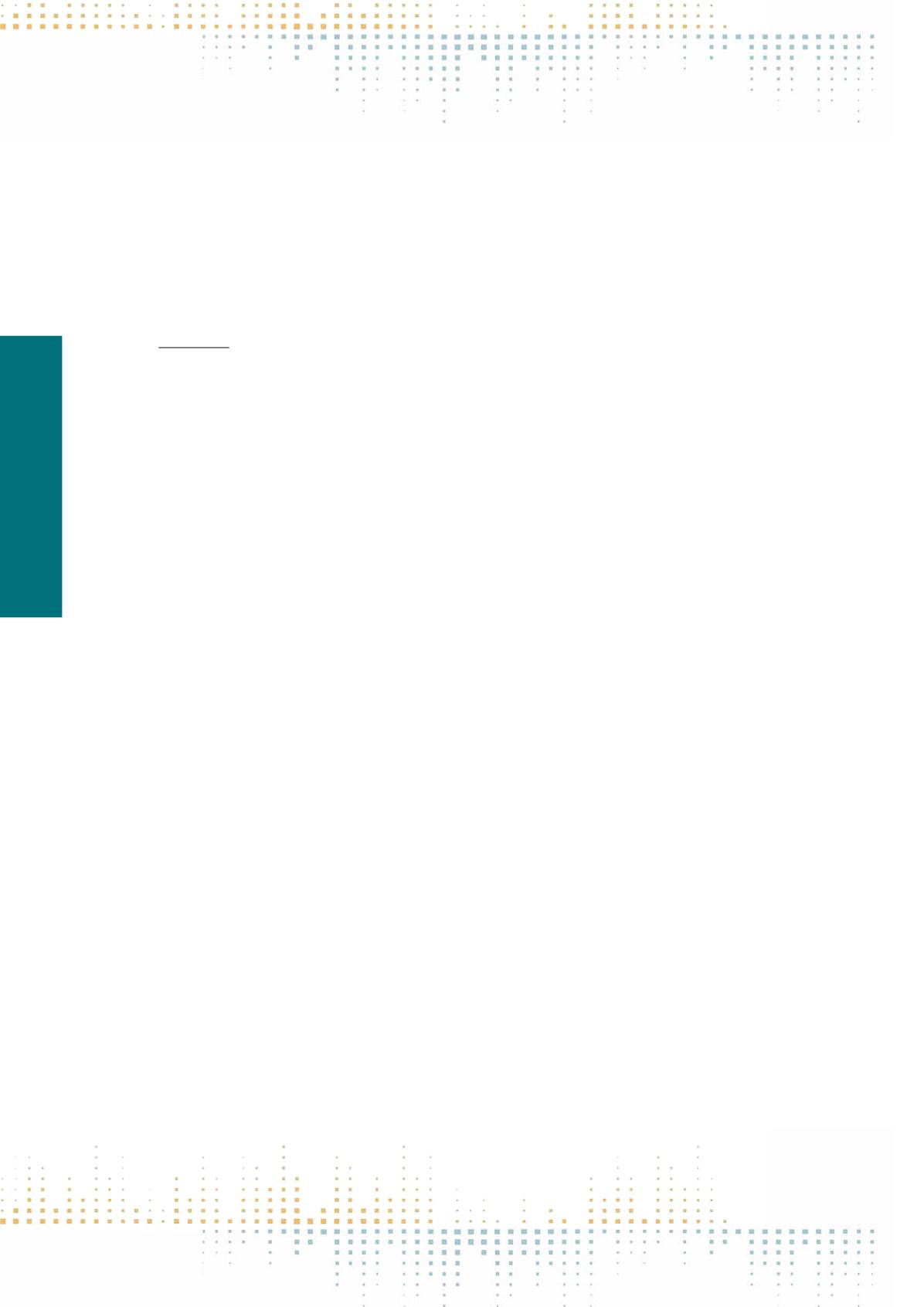

232
Friday, November 11
1 8 : 0 0 – 1 9 : 3 0
sic industry. The recordings that circulate on the site often emanate from the music industry but how they are used and organized is beyond that industry’s
control. By analyzing significant ways of sorting, selecting and presenting music on VK the study point at both continuations and breaks with the recorded
culture. The study especially deal with four different expressions this take on the site: 1) the long list of unsorted sound files the user encounter when
searching for a song, 2) the salient role music communities have in the organization of music, 3) how music (sound files) become one of many resources on
personal walls, and 4) music collections in users’archives. The expressions music finds on VK open for understanding the site as constituting a post-recorded
culture. It is a situation where recordings and the forms invested in by the music industry is still important but where a lack of control and vernacular use
of recordings break with how music is sorted, selected and presented by the industry and therefore has several similarities to the musical culture before
recordings. References Clarke, Eric F. (2007),“The impact of recordings on listening”, inTwentieth-century Music 4(1). Rothenbuhler, EricW. (2006),“For-the-
record aesthetics and Robert Johnson’s blues style as a product of recorded culture”, Popular Music 26:1.
PP 507
Noise Under-the-Radar: Local Musicians, Abundance, and Cultural Work in Digital Media
A. Rauh Ortega
1
1
University of Leeds, School of Media and Communication, Leeds, United Kingdom
Digital media platforms afford musicians the possibility to share and circulate music to potentially large audiences. The possibility to ‘get music out there’
directly is particularly attractive to under-the-radar musicians (i.e. enthusiasts, aspiring professionals, local musicians), and the do-it-yourself musical
pathway is filled with cultural entrepreneurs in search for novel schemes to get noticed. However, when it comes to music, the affordances provided by
musician-oriented platforms create a paradox for seriously minded users: with so much music available, how does one stand out from the crowd? The sheer
volume of music available online contributes to what can be described as a ‘cacophony’ made up of (arguably) ‘bad music’ – that is, music made under
conditions that do not foster good practices for musicians and audiences. The situation these musicians face stimulates the questions: how are these
under-the-radar musicians responding to the changing landscape of digital media technologies, specifically in user-generated content and social media
platforms. This paper explores these issues from the perspective of local electronic dance music DJs and producers, in large part because as early adopters
of technology they stand at the vanguard of the crossroad between music and technology. As such, these musicians are able to provide rich information
and experience about how users respond to changes in the technological realm, as well as the deeper socio-economic arrangements that sustain music
practices online. The argument of the paper is constructed in three parts: 1) it shows how user-generated content posted on the platform SoundCloud
reflects the tensions between the three main parties involved, namely users (creators of content), the platform (and its business model), and audiences; 2)
it explores howmusicians’use of social media – namely Facebook – uncovers increasingly more powerful underlying issues of user (self)promotion that op‑
erate akin to branding as practiced by the advertising and marketing industry; and 3) argues that the conditions of cultural production embedded in online
music practices reveal intricate user strategies about artistic authenticity and the drive to commerce that are characteristic of cultural work in post-industrial
societies – when work and leisure feed off each other through a ‘connected’ culture. The paper follows the suggestion of Feenberg (2009) – who defends
the potential of social resistance through online communities – and analyzes musicians’practices and digital media affordances using the concept of“good
work”(Hesmondhalgh and Baker, 2009). The resulting view attempts to reclaim the potential for social resistance by way of critically informed perspectives
about the challenges and opportunities of social practices and digitally mediated communication. Feenberg, A. 2009. Critical Theory of Communication
Technology: Introduction to the Special Section. The Information Society. 25(2),pp.77–83. Hesmondhalgh, D. and Baker, S. 2011. Creative Labour: Media
Work in Three Cultural Industries. London ; New York: Routledge.



















